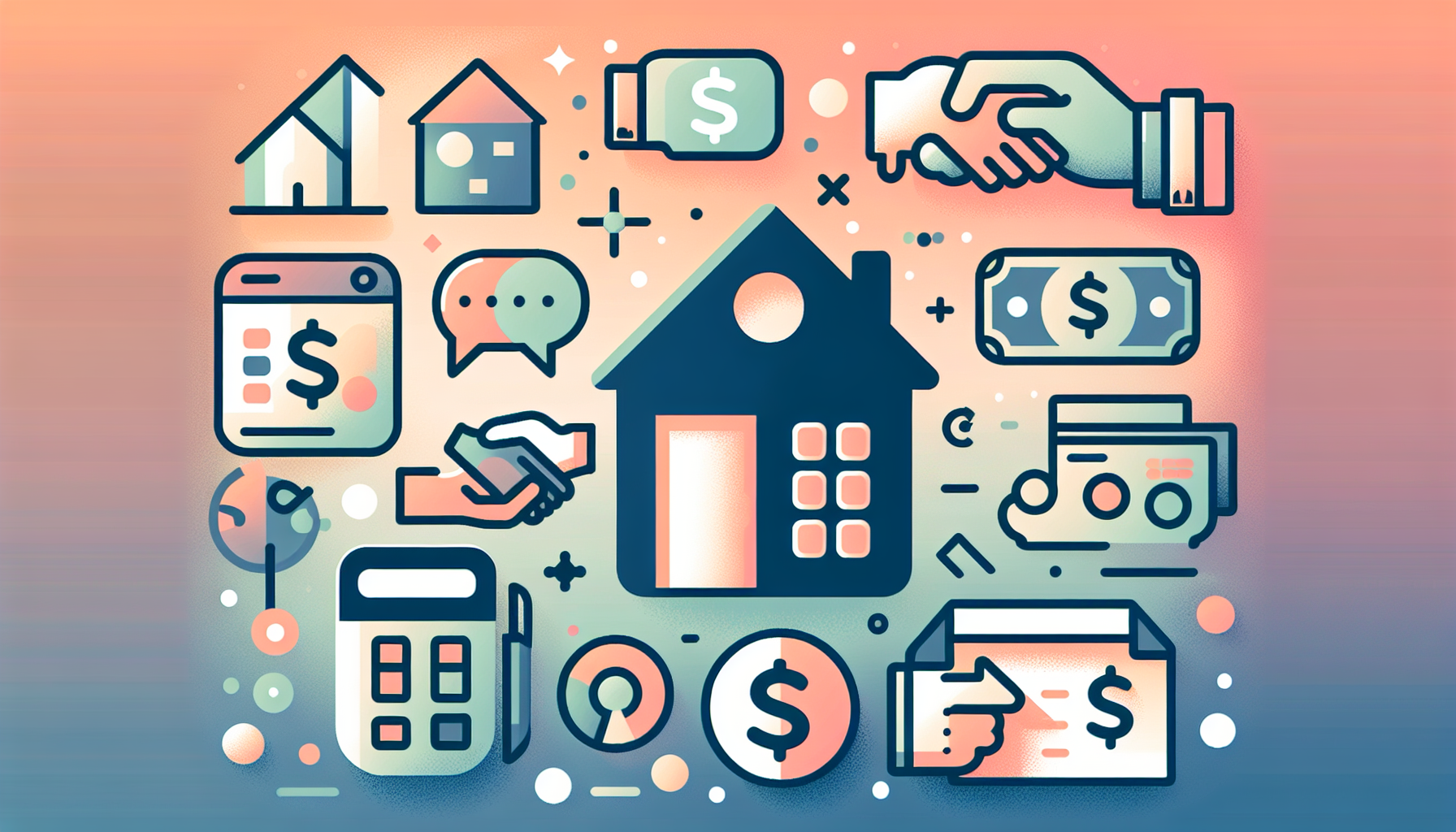How to Avoid Common Mortgage Mistakes

Navigating the Mortgage Landscape: Tips to Avoid Common Pitfalls
Buying a home is a significant milestone, but the process of securing a mortgage can be daunting and filled with potential pitfalls. To ensure a smooth and successful homebuying experience, it's crucial to be aware of the common mistakes that many first-time and seasoned homebuyers make. Here’s a comprehensive guide to help you avoid these mistakes and make informed decisions.
The Importance of Pre-Approval
Before you start house hunting, getting pre-approved for a mortgage is essential. This step not only clarifies your financial situation and housing budget but also makes you a more attractive buyer to sellers. A pre-approval letter from a lender indicates that you are committed and financially ready to purchase a home.
Shopping Around for Lenders
One of the most critical mistakes homebuyers make is talking to only one lender. By not comparing offers, you might miss out on better rates and terms. It is advisable to consult at least three different lenders and get rate quotes on the same day, as rates can change frequently. Compare rates, lender fees, and loan terms, and don’t overlook the importance of customer service and lender responsiveness.
Understanding Your Loan Estimate
A loan estimate is a standardized document provided by lenders within three days of applying for a mortgage. It outlines the terms of the loan, including the amount borrowed, closing costs, and monthly payments. Use this document to compare offers from different lenders and negotiate better terms if necessary. Pay close attention to the annual percentage rate (APR), total costs in five years, and total interest percentage to ensure you’re getting the best deal.
Avoiding Mortgage Application Errors
Mistakes on your mortgage application can lead to delays, higher interest rates, or even loan denial. Ensure that all information is accurate and complete. Inaccuracies in listing debts and assets can raise red flags and may result in your loan being denied. Additionally, spelling errors, grammar mistakes, and incomplete contact information can make you appear less credible to lenders.
Managing Your Credit Wisely
Your credit score plays a significant role in determining your mortgage eligibility and interest rate. Avoid making drastic changes to your finances from preapproval to closing, such as opening new credit cards, closing existing accounts, or taking out new loans. Keep your credit utilization below 30% of your available credit limit and pay your bills on time and in full every month.
Being Mindful of Hidden Costs
When evaluating loan estimates, be wary of hidden costs such as origination charges, junk fees, and prepayment penalties. Compare the total long-term costs of the loan, including interest rates, APRs, and closing costs. Use the "comparisons" box on page 3 of the loan estimate to assess these costs and make an informed decision.
Avoiding Overextension
Buying more house than you can afford is a common mistake that can lead to financial strain. Focus on what monthly payment you can afford rather than the maximum loan amount you qualify for. Consider all your financial obligations, including property taxes, insurance, maintenance, and repairs, to ensure you are not overextending your budget.
Planning Ahead
The homebuying process can be complex and time-consuming. Rushing through it can lead to overlooked details and missed opportunities. Map out your homebuying timeline at least a year in advance. This allows time to repair poor credit, save for a down payment, and prepare for closing costs.
Evaluating Neighborhoods Over Houses
While it’s easy to fall in love with a particular house, it’s equally important to consider the neighborhood. Factors such as local schools, community amenities, and safety should be taken into account. Fixating solely on the house can lead to overlooking critical aspects of your living environment.
Real-World Examples and Case Studies
Case Study: The Importance of Shopping Around
Consider a scenario where a first-time homebuyer, Sarah, applies for a mortgage with only one lender. She receives an offer with an interest rate of 4.5% and closing costs of $5,000. However, if Sarah had shopped around, she might have found another lender offering a 4.2% interest rate with lower closing costs. By comparing offers, Sarah could have saved thousands of dollars over the life of the loan.
Case Study: Managing Credit During the Mortgage Process
John, another homebuyer, learned the hard way about the importance of managing credit during the mortgage process. After getting pre-approved, John decided to buy a new car, which significantly increased his debt-to-income ratio. As a result, his lender denied his mortgage application just before closing. If John had avoided taking on new debt, he would have secured his mortgage without any issues.
Summary and Next Steps
Avoiding common mortgage mistakes requires careful planning, thorough research, and a keen eye for detail. Here are some key takeaways:
- Get pre-approved before starting your home search.
- Shop around for lenders to find the best rates and terms.
- Carefully review your loan estimate to identify hidden costs and negotiate better terms.
- Manage your credit wisely to avoid any negative impacts on your mortgage application.
- Plan ahead and avoid rushing the homebuying process.
- Consider the neighborhood as well as the house.
By following these tips, you can navigate the mortgage landscape more effectively and ensure a successful homebuying experience.
If you're ready to start your homebuying journey, consider using tools like the WP Ultimate Loan & Mortgage Calculator to get a better understanding of your mortgage options. For more detailed guidance, you can also contact us or explore our other resources on mortgage planning and financial readiness.
Remember, being informed and prepared is the key to avoiding common mortgage mistakes and securing the home of your dreams.











